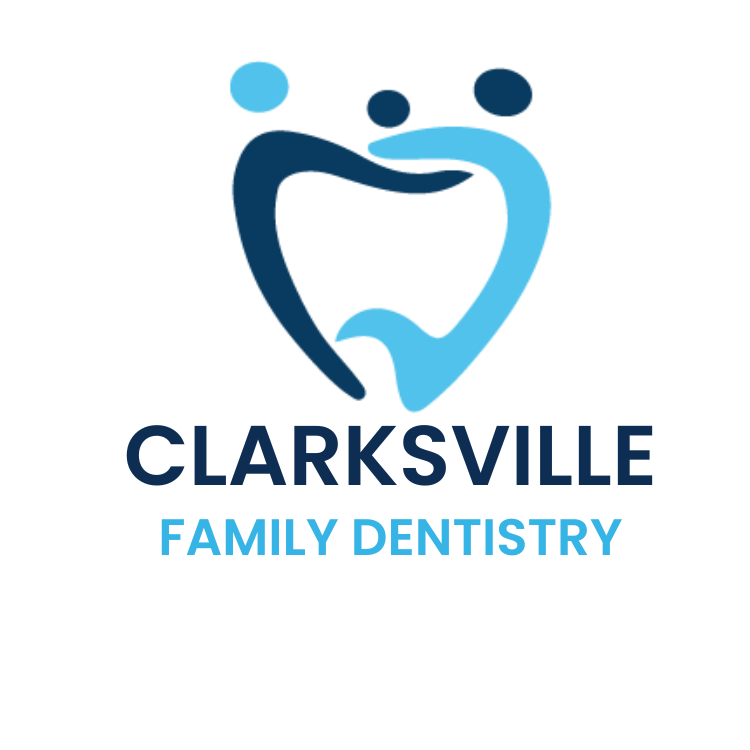
Why Is Periodontal Charting Important?
Periodontal charting is a fundamental aspect of dental healthcare, crucial for monitoring and treating periodontitis, commonly known as gum disease. Despite its prevalence, many individuals underestimate the significance of periodontal charting in preventing this condition. Here’s why it’s essential:
Performing Periodontal Charting:
During your routine dental check-up, your dentist conducts periodontal charting by using a specialized probe to measure the depth of the space between your teeth and gums. This process helps assess the health of your teeth, gums, and jaws. Healthy gum tissue typically has a depth of one to three millimeters, while deeper pockets may indicate bacterial buildup and inflammation, signaling potential gum disease.
Inquiry into Gum Health:
In addition to charting, your dentist will inquire about your gum health, including any persistent issues like bleeding or pain while eating. Questions about your oral hygiene routine, such as flossing frequency and brushing habits, are also common. Family history of gum disease or other oral health issues may also be discussed to anticipate and prevent potential dental problems.
Benefits of Periodontal Charting:
Periodontal charting allows early detection of gum disease, even in its asymptomatic stages. By identifying symptoms promptly, dentists can devise preventive treatment plans and monitor oral health for any changes. Moreover, charting aids in assessing oral hygiene practices and providing tailored hygiene tips to prevent plaque and tartar buildup.
Who Should Undergo Charting:
Individuals experiencing oral discomfort or common symptoms like bleeding gums should promptly schedule a dental appointment for assessment. Red or swollen gums, persistent bad breath, and bleeding while brushing are potential indicators of gum disease. Routine periodontal charting is recommended biannually but may be more frequent if signs of gum disease are present.
Conclusion:
Periodontal charting is a vital component of preventive dental care, enabling the early detection and management of gum disease. Regular dental check-ups every six months facilitate ongoing monitoring and intervention when necessary. By prioritizing periodontal charting, individuals can safeguard their oral health and prevent the progression of gum disease.
